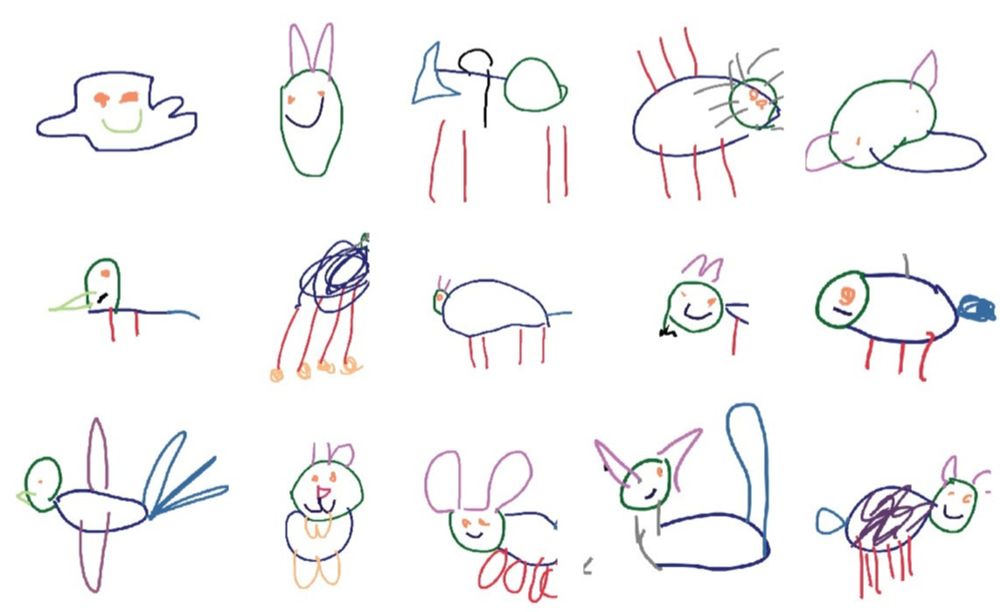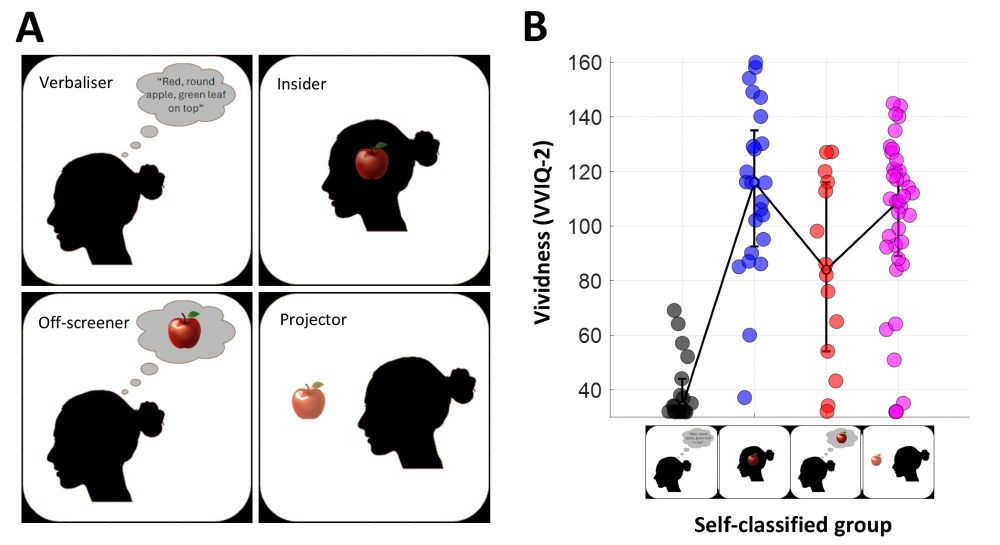Jorge Morales
@jorge-morales.bsky.social
3.8K followers
3.2K following
650 posts
I'm a philosopher, psychologist and neuroscientist studying vision, mental imagery, consciousness and introspection. As S.S. Stevens said "there are numerous pitfalls in this business." https://www.subjectivitylab.org
Posts
Media
Videos
Starter Packs
Reposted by Jorge Morales
Reposted by Jorge Morales
Reposted by Jorge Morales
Reposted by Jorge Morales













